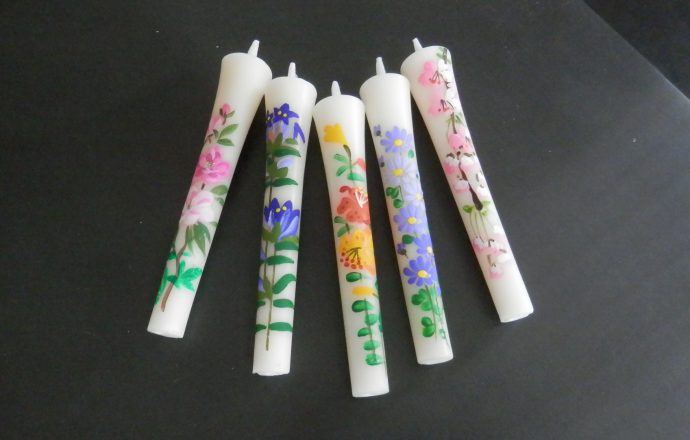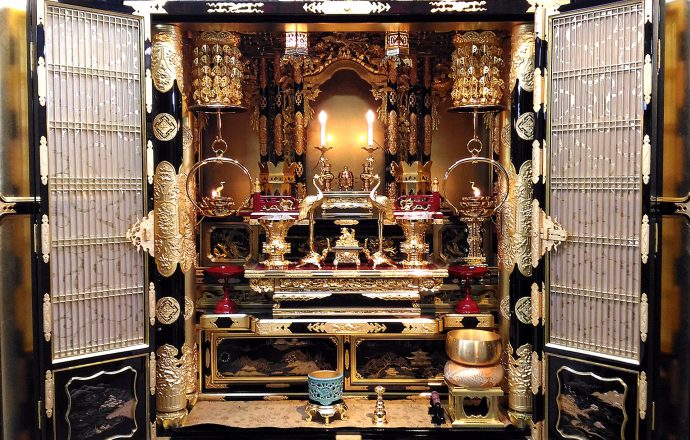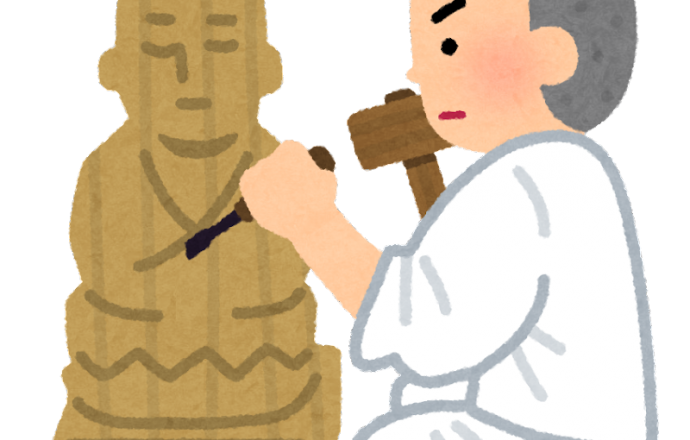The history of candle #1
-1- outline of Japanese & western candles Candles are an essential tools for Christian and Buddhism religious services. These days, generally, also we are using western style candles which have string wick in Japan. Western style candle have possibility to be introduced to Japan by missionary in the Middle Ages (Christianity, Catholicism, was introduced to Japan at that period). However, Western style had gained popularity since Meiji period (from 1868). Japanese people had used Japanese style candles till that period. Candle were introduced to Japan from China along with Buddhism. At that time, at Europe and Asia, candles were beeswax which are made of honey. In Heian period (8th –...



